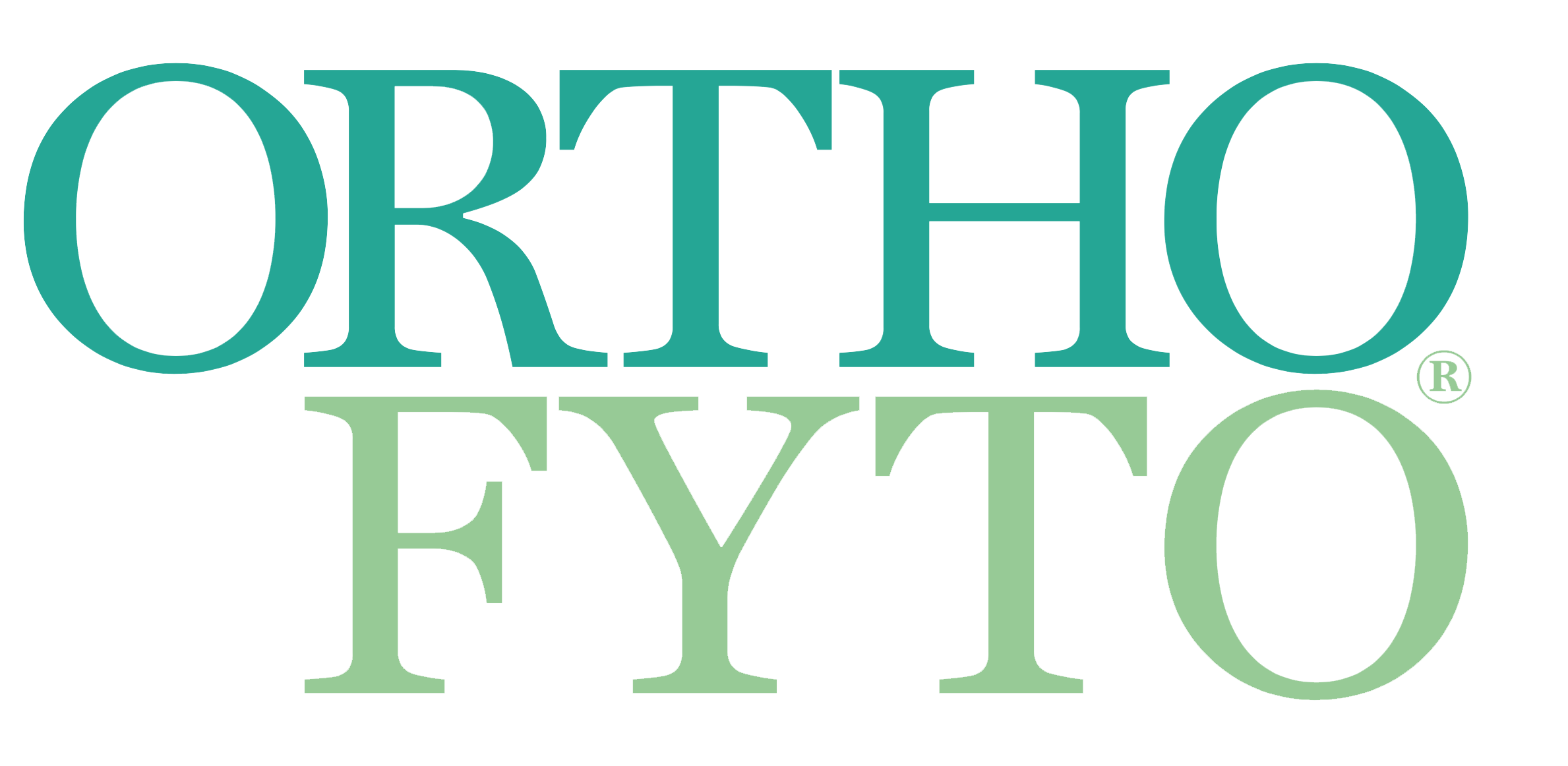Medicinale paddenstoelen en geneesmiddelen
03 Dec, 2020
Door: Han Siem
In de traditionele Chinese geneeskunde (TCM) worden paddenstoelen al eeuwenlang ingezet vanwege hun gezondheid bevorderende eigenschappen. Inmiddels is ook in het Westen de belangstelling groot. Van vier populaire paddenstoelen wordt hier het (mogelijke) therapeutisch effect beschreven, plus de invloed op de werking van reguliere farmaca bij gelijktijdige toepassing.
Paddenstoelen zijn intrigerende schimmels, gezien hun zeer uiteenlopende effecten: van culinair tot psychedelisch en van uiterst toxisch tot medicinaal. Vanwege het hoge gehalte aan inhoudsstoffen als polysachariden, in het bijzonder de bètaglucanen, hebben bepaalde soorten een medicinale werking en invloed op onder andere het immuunsysteem.
Daarnaast bevatten veel soorten onder meer ook antioxidanten, sterolen, aminozuren, vitamines en mineralen. Vooral de bètaglucanen met een 1,3-1,6-basisstructuur hebben diverse afweer stimulerende eigenschappen.1-3 Rijk aan glucaanbronnen zijn met name shiitake (Lentinus edodes), oesterzwam (Pleurotus ostreatus) maitake (Grofola frondosa) en caterpillar fungus (Cordyceps sinensis). De paddenstoel heeft geen formele Nederlandse naam, maar wordt wel – letterlijk uit het Tibetaans/Chinees vertaald – winterworm of zomergras genoemd. Naast de immuun-modulerende werking worden in wetenschappelijk onderzoek ook ontstekingsremming en verlaging van bloeddruk, bloedglucose en cholesterol beschreven.4-7
De eerste wetenschappelijke onderzoeken naar medicinale paddenstoelen begonnen ca. vijftig jaar geleden in China en Japan. De resultaten uit wetenschappelijk onderzoek waren zo interessant dat ook in de westerse wereld paddenstoelen in de belangstelling kwamen voor therapeutische doeleinden. Mycotherapie, behandeling op basis van medicinale paddenstoelen, heeft een breed toepassingsgebied. Van ongeveer 700 paddenstoelen is bekend dat ze een medicinale werking hebben.
Mycotherapie bestond al in de traditionele Chinese geneeskunde van wel 5000-7000 jaar terug. In de praktijk worden er 23 soorten gebruikt bij de behandeling van aandoeningen. In onze praktijk, waar we samenwerken met ruim 300 therapeuten, zijn de meest toegepaste Cordyceps Sinensis, Coriolus Versicolor, shiitake en maitake.
- Aggarwal et al. Antioxydant mushrooms; a review. IRJP 2012;3
- Cheung PCK. The nutritional and health benefits of mushrooms. Nutr.Bull.2010;35:2419-2430
- Rai et al. Therapeutic potential of mushrooms. IJNPR vol 4 jul-aug 2005
- Bisen et al. Lentinus edodus: a macrofungus with pharmacological activities. Curr Med Chem 2010;17:2419-2430
- Holiday et al. Medicinal value of the caterpillar fungi species of genus cordyceps. A review. Int J Med Mushr 2008;10 (3):2019-234
- Nosalova et al. Effects of beta glucan isolated from pleurotus ostreatus on colitis. Physiol Res 2001;50 (6):575-81
- Khatun et al. Oyster mushroom reduced blood glucose and cholesterol in diabetic subjects. Mymensingh Me J.2007 jan;16 (1):94-9
- Sun M, Yang R, Lu P, Gao R, Wang L, Wang J and Tang K. Clinical study on application of bailing capsule after renal transplantation. Zhongguo Zhong.Xi.Yi.Jie.He.Za Zhi. 2004;24(9):808-810
- Hong T, Zhang M, Fan J. Cordyceps sinensis (a traditional Chinese medicine) for kidney transplant recipients (Review). Cochrane Database Syst Rev. 2015;(10):CD009698.
- Ong BY, Aziz Z. Efficacy of Cordyceps sinensis as an adjunctive treatment in kidney transplant patients: a systematic-review and meta-analysis. Complement Ther Med. 2017;30:84-92.
- Yakugaku Zasshi. Physiologically active compounds in the extracts from tochukaso and cultured mycelia of Cordyceps and Isaria. 1991 Sep;111(9):504-9.
- Y J Chen , M S Shiao, S S Lee, S Y Wang: Effect of Cordyceps sinensis on the proliferation and differentiation of human leukemic U937 cells. Life Sci.1997;60(25):2349-59.
- Zhu JS, Halpern GM, Jones K. The scientific rediscovery of an ancient Chinese herbal medicine: Cordyceps sinensis: part I. J Altern Complement Med 1998;4:289-303
- Chen GZ, Chen GL, Sun T, et al. Effects of Cordyceps sinensis on murine T lymphocyte subsets. Chin Med J (English) 1991;104:4-8
- Ogoshi, K, Tajima T, Mitomi, T, Makuuchi H and Tsuji K. HLA-A2 antigen status predicts metastasis and response to immunotherapy in gastric cancer. Cancer Immunol Immunother. 1997;45(1):53-59
- Yeung JH and Or PM. Polysaccharide peptides from Coriolus versicolor competitively inhibit tolbutamide 4-hydroxylation in specific human CYP2C9 isoform and pooled human liver microsomes. Phytomedicine 2011;18(13):1170-5
- Tensho A, Shimizu I, Takenawa T, Kikuchi H, and Rokujo T. Hypocholesterolemic activity of analogous compounds related to eritadenine, an active component of shiitake, Lentinus edodes Sing (author's transl). Yakugaku Zasshi 1974;94(6):708-716
- Hanaue H, Tokuda Y, Machimura T, Kamijoh A, Kondo Y, Ogoshi K, Makuuchi H, Nakasaki H, Tajima T, Mitomi T. Effects of oral lentinan on T-cell subsets in peripheral venous blood. Clin Ther 1989;11(5):614-622.
- Liu M, Li J, Kong F, Lin J and Gao Y. Induction of immunomodulating cytokines by a new polysaccharide-peptide complex from culture mycelia of Lentinus edodes. Immunopharmacology 1998;40(3):187-198
- Dai X, Stanilka JM, Rowe CA, et al. Consuming Lentinula edodes (Shiitake) Mushrooms Daily Improves Human Immunity: A Randomized Dietary Intervention in Healthy Young Adults. J Am Coll Nutr. 2015;34(6):478-87
- Konno S, Tortorelis DG, Fullerton SA, et al. A possible hypoglycaemic effect of maitake mushroom on type 2 diabetic patients. Diabet Med 2001;18:1010.
- Kabir Y, Kimura S. Dietary mushrooms reduce blood pressure in spontaneously hypertensive rats (SHR). J Nutr Sci Vitaminol (Tokyo) 1989;35:91-4
- Hanselin MR, Vande Griend JP, Linnebur SA. INR elevation with maitake extract in combination with warfarin. Ann Pharmacother 2010;44:223-4.
